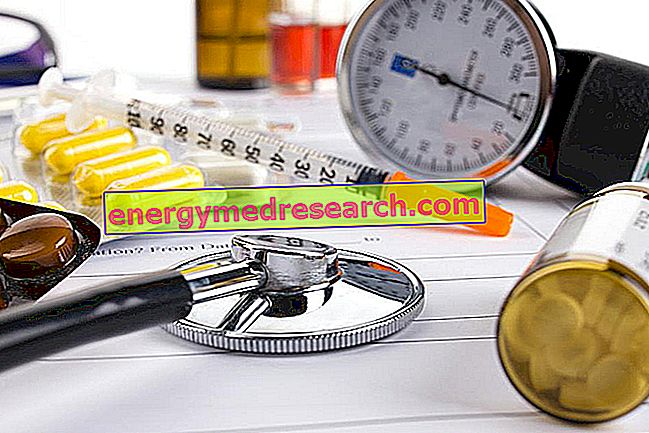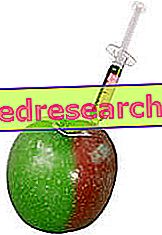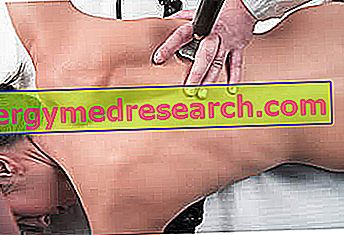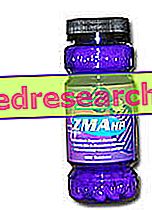
A type of encephalopathy that is usually temporary - that is reversible if treated in time and in the right way - is the so-called hypertensive encephalopathy .
This particular neurological disease is defined with the adjective hypertensive, as it is due to a serious morbid condition - known as malignant hypertension - which determines an abrupt and high degree of arterial pressure .
Subsequent to several pathological states capable of suddenly raising the pressure of the arteries (among these we remember acute nephritis, eclampsia, essential arterial hypertension, pheochromocytoma, etc.), hypertensive encephalopathy mainly requires hypotensive treatment (or antihypertensive ).
Recalling that in case of malignant hypertension the diastolic (or minimal) arterial pressure exceeds the values of 130-140 mmHg, the initial goal of the hypotensive therapy must be to reduce the diastolic pressure of the arteries by a maximum of 25%, then bring it to a value between 100 and 105 mmHg (NB: the normal value settles between 60 and 90 mmHg).
The reason why the reduction should not initially exceed 25% is very simple: a sudden drop in diastolic blood pressure levels can damage brain arterioles and reduce blood perfusion to the brain.
The initial hypotensive treatment takes place by intravenous administration of antihypertensive drugs, as the intravenous route guarantees a more rapid therapeutic action.
Once the aforementioned goal is achieved, the second phase of therapy begins, which consists of reducing the diastolic pressure from 100-105 mmHg to a normal value .
This is achieved by administering oral antihypertensives, ie taken by mouth.
If with the intravenous administrations the desired result is obtained already after 2-6 hours, with oral administration it is reached not before 2 or 3 months .
DRUGS USED
To reduce malignant hypertension according to previous indications, the antihypertensive drugs usually administered are:- nicardipine
- labetalol
- Nitroglycerin
- Sodium nitroprusside
- clevidipine
- fenoldopam
All those hypotensive drugs that could have side effects in the brain, such as clonidine, reserpine and methyldopa, are strongly advised against.



